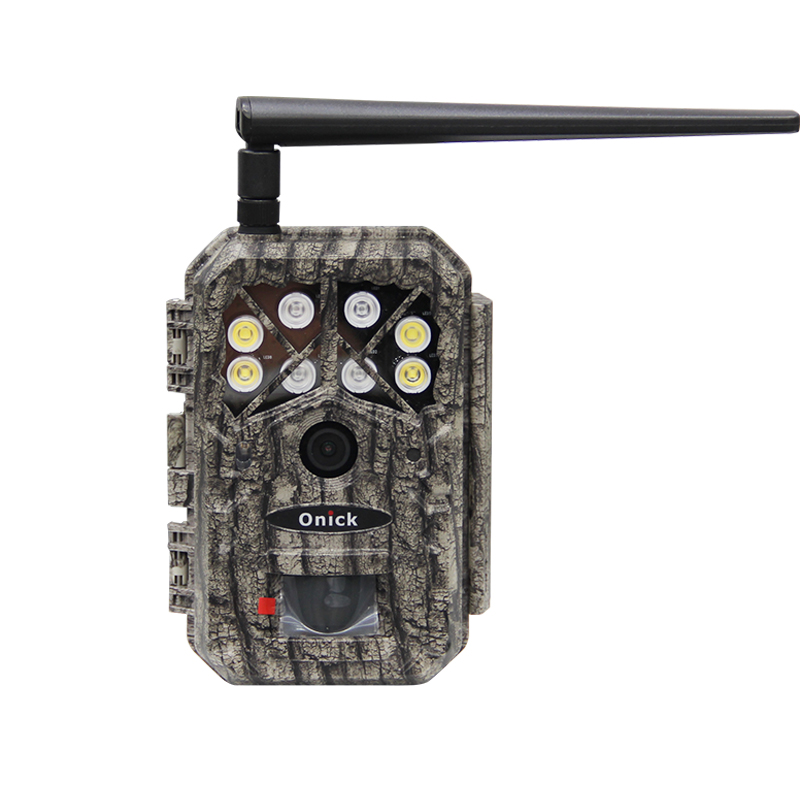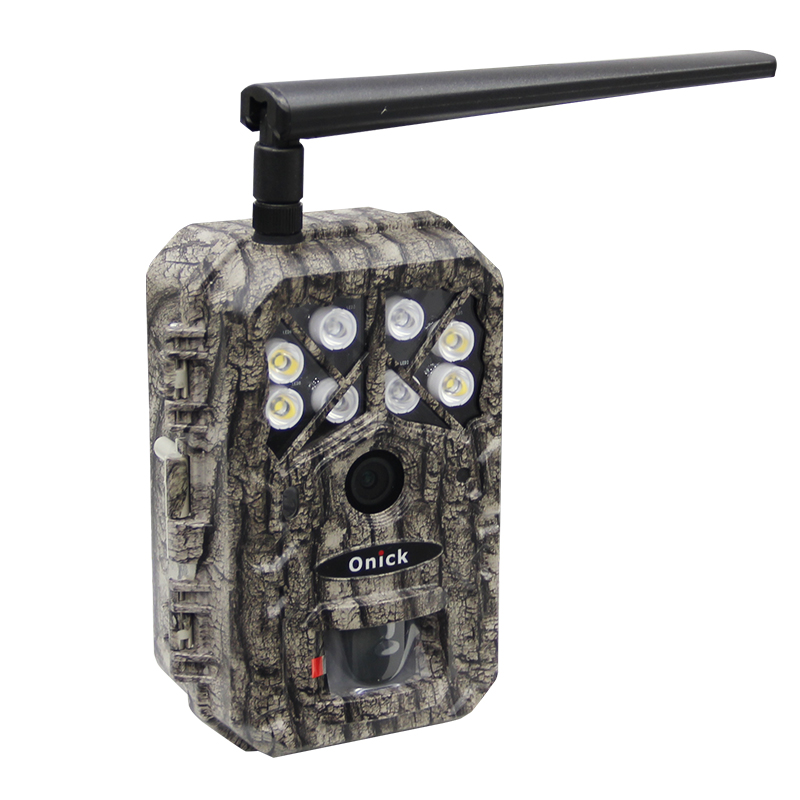In this land with a long history and profound cultural heritage, the application of high-definition infrared cameras provides a new perspective for the combination of technology and nature. These advanced cameras not only play an important role in scientific research, security and other fields, but also show great potential in ecological protection and wildlife monitoring.
The application of high-definition infrared cameras in China is due to their non-invasive and highly sensitive characteristics. These cameras can capture the activities of animals in the dark and record precious ecological moments. Through regular inspections and data collection, scientists can gain a deeper understanding of animal behavior habits, population distribution and subtle changes in ecosystems.

In parks, wetlands and nature reserves, high-definition infrared cameras have become an important tool for ecological monitoring. They record the activity trajectories of various organisms such as birds, mammals, insects, etc., providing a scientific basis for the ecological management of protected areas. By analyzing these data, conservation departments can promptly detect changes in the ecological environment and take targeted protection measures.

In addition, high-definition infrared cameras have also played a huge role in wildlife protection. In the habitats of some endangered species, infrared cameras are used to monitor their survival and reproduction. These data are of great significance for formulating protection plans, evaluating the effectiveness of protection measures and promoting relevant policy formulation.
However, the application of high-definition infrared cameras also faces some challenges. For example, the installation and maintenance of the camera requires professional knowledge and skills, and the memory card needs to be checked and replaced regularly. In addition, some criminals may mistake the infrared camera for a device to capture animals and damage it.

In order to solve these problems, it is necessary to strengthen publicity and education to improve the public's awareness and protection of infrared cameras. At the same time, relevant departments and organizations need to strengthen cooperation and provide necessary training and technical support to ensure the safety of infrared cameras and the smooth progress of monitoring work.

